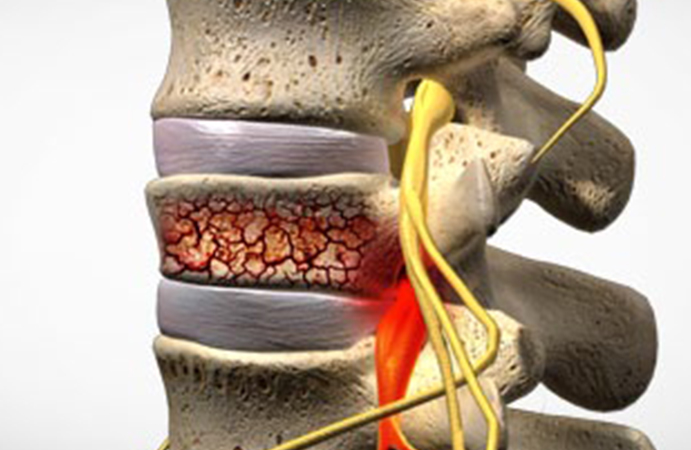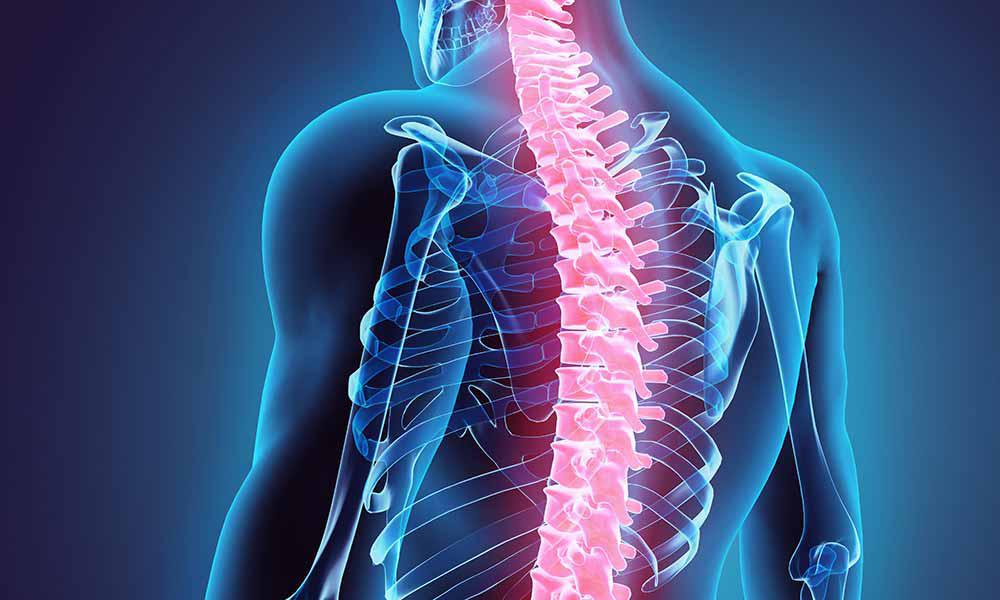
Anyone who has suffered a compression fracture of the vertebrae can seriously injure the spine. An accident, such as a car accident, can cause a compression fracture of the vertebrae, disc, or other structures in the spine. Compression fractures are usually not life threatening and are treated conservatively. There are several types of vertebral compression fractures and different treatment options. Understanding the symptoms of a decompression fracture, what can happen if you endure it, and the consequences of this type of fracture can help you decide if you need the services of a professional doctor.
Compression fractures of the spine occur when the vertebrae are severely deformed or stretched. In order for the bones to move in the correct way and the spinal cord to transmit messages correctly, they must have room to do so. When they become deformed, this type of fracture is commonly referred to as a laminectomy. This can happen suddenly, without warning. Many people with this type of fracture will experience severe pain in the affected area. They may experience back pain that seems to start suddenly for no apparent reason.
This type of injury can occur for many reasons, the most common of which are injuries such as a car accident, a fall, or even a spinal fracture. Some fractures can even occur as a result of spinal cord problems. If it is an intervertebral disc problem, you may notice that the discs in this area become inflamed or swollen or discolored. This type of fracture can also irritate the nerves in this area, which is why it is so important to seek medical attention. There are several treatment options available to help you heal and restore mobility.
The first step in the recovery process is to see your physician to determine the extent of your injury and the severity of your injuries, and the conservative treatment will depend on the severity of your injuries. Your doctor may recommend that you rest, wear a splint or a brace on one side of your body while using a form of physical therapy to prevent further damage from occurring. If the injuries to your spinal discs are severe, you may need surgery.
In some cases, there may be no damage to the discs and if they are not inflamed or swollen, it is possible that you will not need decompression surgery to treat your decompression fracture. in this case.

In this case, soft tissue manipulation is performed to reshape the areas that have been injured
Physical therapy is used to help with the rehabilitation process. Your chiropractor can help you work with you on strengthening your back to make the muscles that support your spinal column and spinal cord. There are many different exercises and stretches that can be used in this form of therapy, to help prevent any further damage.
Soft tissue manipulation may be necessary if your chiropractor suspects that your spine may be in poor condition. They can use ultrasound technology to look for any pinched nerves or spinal bones. If the injury to your spine is minor, this is not usually required. Your chiropractor can perform spinal decompression therapy in order to release the stress on your spine and allow it to heal.
When soft tissue manipulation is done, your chiropractor may need to break up the bone to reduce any pressure that is being placed on it. Sometimes, if there has been any internal bleeding, your chiropractor may be able to use the same type of manipulation as well. to help fix the problem.
It is important to keep the soft tissue manipulated under medical supervision at all times, so that you can maintain good health and avoid further injury. As long as you follow your doctor's orders, you should not have any problems with your spine. in the future.
Your physician will usually prescribe medication for decompression therapy. In some cases, the medication is taken orally, but it is important to always talk with your physician about what is best for your situation. The goal of decompression therapy is to restore your ability to move your back and increase the strength of your back muscles.